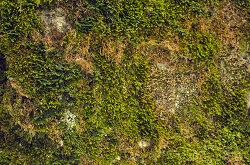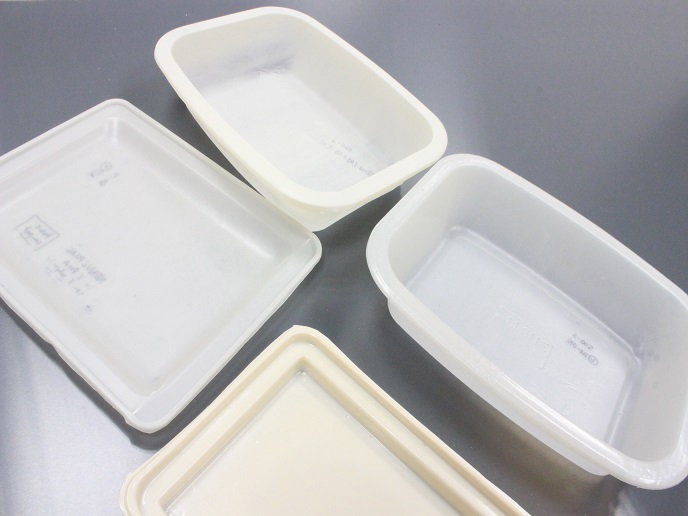Understanding how microorganisms adapt to their surroundings
It has long been suspected that microorganisms have the ability to adapt to their surrounding environment. This is particularly true for those living in soil, where the microorganism must attack mineral grains to extract metal nutrients. But as different minerals have different metal compositions, and because some are harder to leach than others, it is a very different scenario for a microorganism to live in one type of soil or another. To learn more about this assumed adaptability, researchers working as part of the EU-funded Bio-Strategies project examined whether microorganisms change their strategy of attack based on the minerals they live on. Can a microorganism change from secreting acid to secreting molecules that hold to metals? Can they change the intensity of their attack based on initial successes? These are the questions that the project sought to answer. Important findings Following an array of experiments, researchers came to two important conclusions. First, they discovered that microorganisms concentrated on the parts of the mineral grains where they most easily leached. “For the plate-like minerals we used, such as mica, the weakest point was the edge of the plates,” says project researcher Dr Javier Cuadros. Second, researchers observed that one of the microorganisms used in the experiments, a type of fungus, changed the intensity of the attack in accordance to the mineral it was attacking. In the extreme case, the surface of the mineral vermiculite was depleted from all the metals except silicon. “We think the reason for this very intense attack was that the fungus was searching for potassium, of which there is very little in vermiculite,” explains Cuadros. These findings are important in that they show how bacteria and fungi can sense the location of nutrients and respond to this information. It also helps demonstrate the dependency of superior forms of life, such as plants, on microorganisms. In fact, one part of the project was devoted to investigating whether the metal nutrients being leached by the bacterium and fungus were then made available to plants growing in the same soil. With initial results indicating that they are, this means that microorganisms not acting in symbiosis with plants are also providing for a plant’s nutritional needs via their mineral-leaching activity. “We have reason to believe that the interconnection between mineral soil, microbial and plant communities is enormous and very complex,” says Cuadros. “Obviously, this interconnection also extends to animals, and includes humans, but we have to work one step at a time to reveal the intricate interdependence in complete ecosystems.” A rock-solid legacy According to Cuadros, the legacy of the project will be its contribution to the definition of rock-life coevolution on Earth. “Life shapes rocks and rocks shape biological activity,” he adds. “This project is an example of how the mineral matrix where microorganisms live fosters their biological evolution toward different nutrition strategies.”
Keywords
Bio-Strategies, microorganisms, adaptability, mineral environment, evolution







